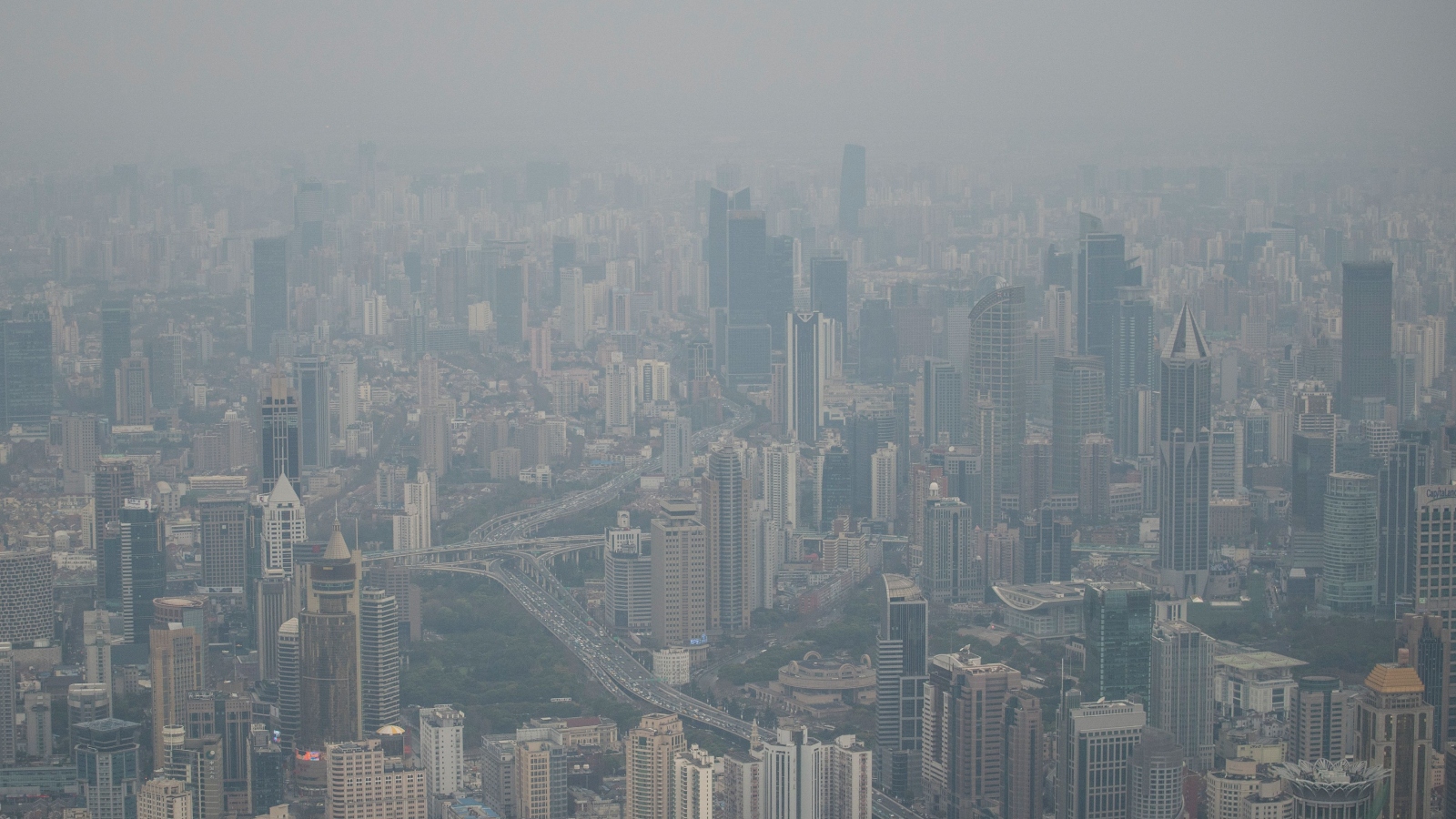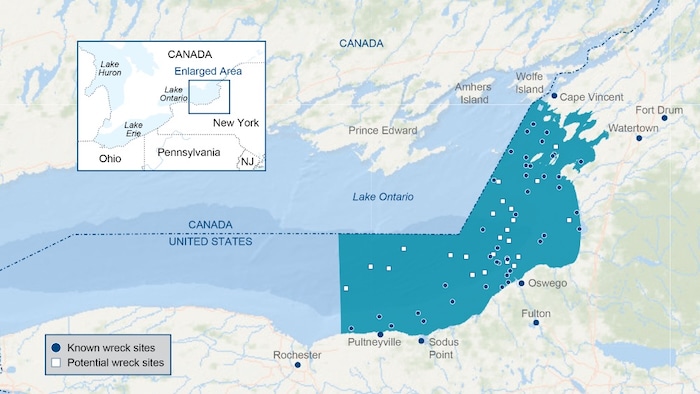In the first flush of an Arctic spring, the boreal forest begins to stir, emerging from a silvered quiet. Icicles shatter like glass. Meltwater babbles, braiding in puddles and then in deltas. Snow drops in clumps from the branches of black spruce. Saplings remain crooked from a long wait, as if Dr. Seuss had drawn springtime.
The trees’ twisted crowns are evidence of the forest’s scrappiness: A black spruce seed riding the wind in 1728 — the year the first Danish explorer crossed the Bering Sea between Asia and North America — might have found purchase in the rocky till revealed by retreating glaciers. When ice turned Captain Cook back from the Arctic Ocean a few decades later, the sapling would have just been bearing its first cones. A century later, when the United States purchased Alaska from Russia for $7.2 million in gold, the slow-growing tree might only have reached 30 feet. By the time the 1980 Alaska National Interest Lands Conservation Act created the sprawling system that now manages many of these forests, the aging spruce might still have been a spindly perch for some of the billions of birds that wing north as the days lengthen.
These flocks have thinned in recent years. One in three of the birds that used to make the arrowing trip have disappeared. The boreal forest, meanwhile, is now teetering. As temperatures rise, the permafrost that supported its roots is thawing, drowning whole stands. Many of its trees have been logged, and development has plowed through its muskeg, destroying the habitat that more than half of North America’s birds rely on. The majority of Alaska’s bird species are now at least moderately vulnerable to extinction.

Statistics like these paint a world in an orderly decline, where change can be methodically tabled and tracked. But the boreal doesn’t neatly begin and end. Its very name betrays the folly of artificial separations. The forest’s moniker is drawn from Boreas, the Greek god of the north wind, a word that in turn stems from the earlier Balto-Slavic for “forest” and “mountain.” All of its ancient meanings hold the idea of great distance, of the connections between air and land and trees. Spruce are a keystone of one of the world’s largest biomes, and together, the forest and the birds that fill its skies are pieces of a rich biological puzzle. While the boreal encompasses about a third of the world’s forests, it also holds more fresh water than any other ecosystem, with vast wetlands and shorelines providing sanctuary for millions of birds that stop to rest before continuing on to the tundra or, at last, the sea.
George Matz, an avid birder, has watched these migrations for decades. On a recent chilly morning, he stood on the mudflats of Homer, Alaska, lifting the binoculars around his neck as a pair of sandhill cranes kited and swooped toward shore. The Kenai Peninsula marks the edge of Alaska’s boreal forest. While its western coast is stubbled with spruce, its eastern fjords hold the rainforests of the Pacific maritime, a lusher ecosystem that continues down the coast of Canada. On this brink between the two, Matz has been counting birds for the last 16 years. Faithfully watching the rocky beaches as the snow begins to recede, he and a small group of volunteer birders have developed a database that documents the peninsula’s changes. From these records, Matz says, “We can get an idea of overall populations, and how climate change affects trends.”
Much like the birds Matz watches, the boreal forest is also migrating, warming more rapidly than nearly any other place on Earth. In a series of satellite images from 1985 to 2019, scientists at Northern Arizona University found that the warmest margins of the forest are now browning, with so many trees perishing you could watch them die from space. Meanwhile, its northern edge has been racing toward the pole, new trunks sprouting on formerly treeless plains.
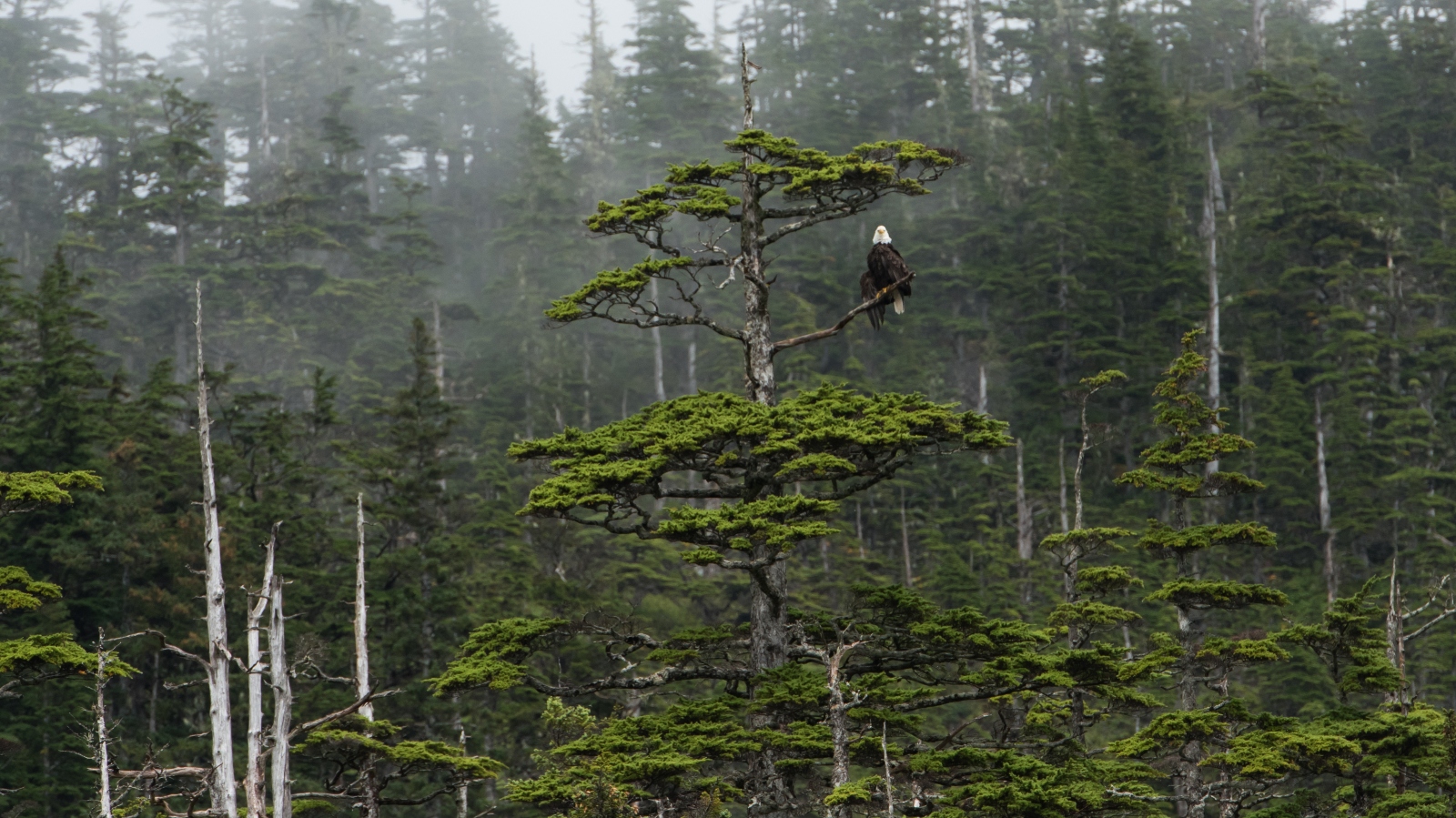
Ilan Shacham / Getty Images
On the Kenai, the boreal’s rapid retreat is jarring. The southern peninsula is in a rain shadow, sheltered from moisture by the peaks of a nearby ice field. “It’s not wet enough for the Pacific maritime to advance,” says Dawn Robin Magness, a landscape ecologist at the Kenai National Wildlife Refuge. “We’re at the trailing edge of a biome shift, with no leading edge.” Whatever habitat eventually emerges here, in other words, will be new.
In the meantime, rising temperatures are reshaping what were once safe harbors such as Homer, an important resting stop on the great continental flyway that stretches from Alaska to Chile. The common murres that regularly splash into its warming waters have recently been part of massive bird die-offs, their bodies littering beaches around Alaska. In this wavering future, shifts that normally happen in geological timescales are accelerating toward collapse.
Magness and her colleagues at the Kenai National Wildlife Refuge have had to acknowledge that their longstanding goal — to maintain or restore historical conditions — is now impossible. Instead, they’ve begun to use a basic question to guide their choices: Is climate change to be resisted, accepted, or directed? The deceptively simple question is a radical departure from previous policies. “Our mandates are all about biodiversity and maintaining species,” Magness says. “But what happens when you can’t?”
This is not the boreal’s first transformation. For the last 12,500 years, the forest has ebbed with the rise and fall of ice at its margins. During the last ice age, black spruce took root as far south as the tablelands of Colorado and New Mexico. As the glaciers receded, their immense weight scraped away the underlying soil, leaving behind winding eskers and stony moraines. In these essentially lifeless landscapes, endless cycles of freeze and thaw cracked the exposed rock, where the first colonies of feather moss found purchase. Dying, their decay formed new soil. Grasses took root, splintering the bedrock. Shrubs and saplings rose. In time, deep forest once again emerged from bare rock.
As the boreal returned to the north — the black spruce sending its spires up from bogs and its cousin, white spruce, bristling the drier slopes across the Arctic — the forest began to remake its world. The trees’ roots drew water up from the soil and into their needles, billowing out as vapor when their pores opened in the sun. This process, called transpiration, helps forests make their own rain. Transpiration contributes roughly half of annual rainfall in European forests, and helps drive the Amazon’s seasonal monsoons. Spruce are particularly good at it, releasing compounds that condense water molecules — essentially seeding raindrops. Collectively, these exhalations also make the boreal the greatest planetary source of oxygen.
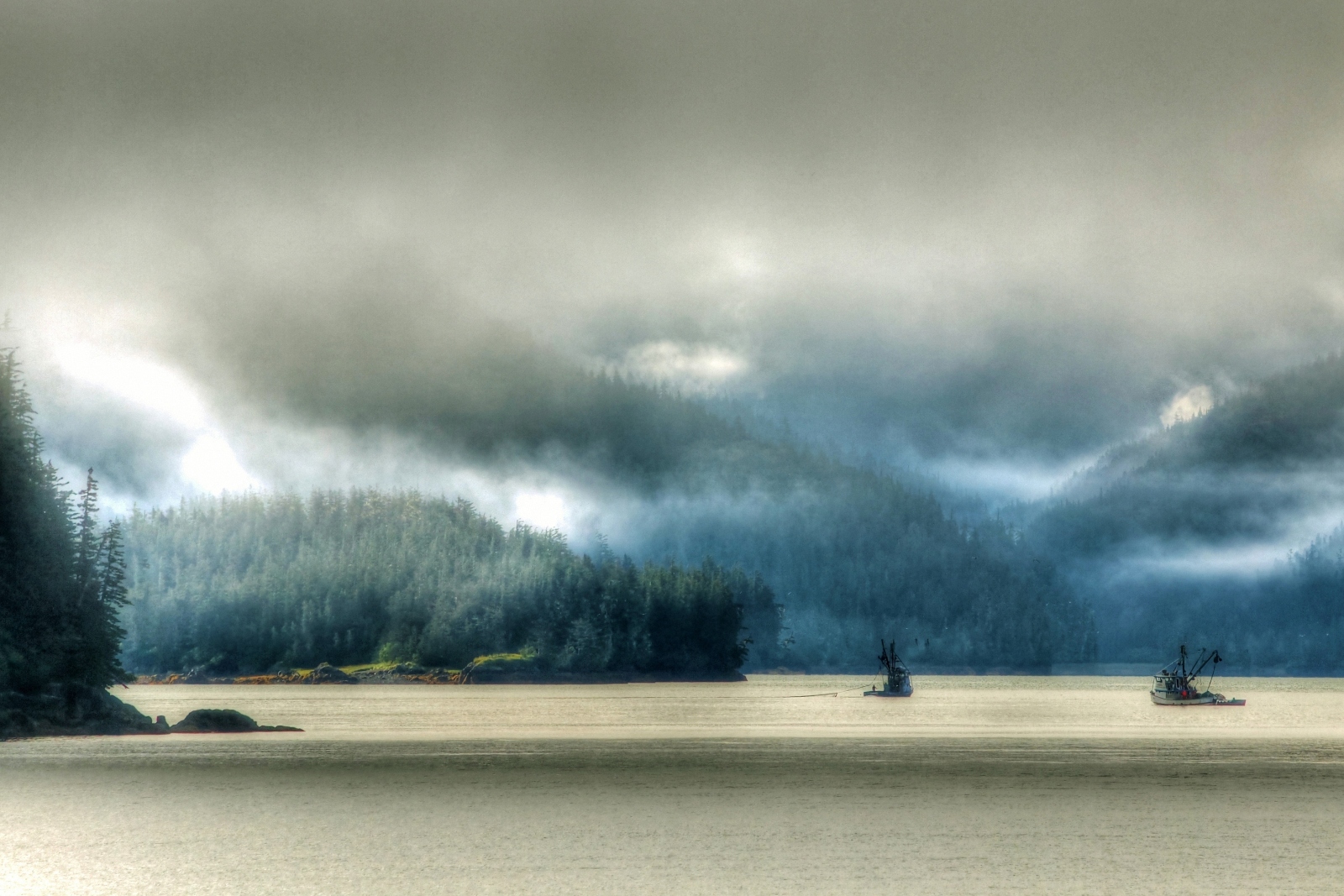
Some, in fact, suggest the boreal may serve as a giant bellows, pumping the planet’s air circulation. Anastassia Makarieva, a Russian physicist, theorizes that as trees grow clouds, they change atmospheric pressures, encouraging air circulation and propelling wind patterns. In many places, forests can create “flying rivers” that carry coastal moisture inland for thousands of miles. In fact, the boreal regions of Scandinavia and Russia provide China with more than 80 percent of its water.
Yet as the forest falters, these prodigal cycles are dwindling. When trees die, the loss of their transpiration can spark hotter and drier conditions; recent models predict that deforestation will reduce rainfall in some regions by almost a third. Hot, dry summers are killing spruce that shrug off polar winters but can’t cope with drought. Higher temperatures have also catalyzed once-rare lightning strikes across Alaska, kindling unprecedented wildfires. Every year since 2000, 50 percent more of the Arctic has burned than in any decade of the previous century. In satellite images, you can now see flecks of smoldering fires that seethe through the frigid winters — “zombie” fires biding through the cold before flaring up again.
The outsize grandeur of the boreal can still appear so wild, so endless, it’s hard for newcomers to recognize the loss. Each generation’s perception of normal is molded by the environment they encounter, masking the gradual fade, a diminishing world stripped of its former richness. Driving north to Alaska, my own first glimpse of the boreal forest was of blackened spruce skeletons from a highway that wound through the oil fields of Alberta. At a small roadside lake, pumpjacks worked through the night. Someone had taken a knife to a lone birch trunk: if i fell, would you hear me? The next morning, I ran over a yellow warbler — no time to step off the gas. It fluttered on the macadam in the rearview mirror as I pressed forward, the skinny spruce closing in along the road.
“It’s changed so much,” says Jill Johnstone, a former professor of biology at the University of Saskatchewan, where she started the Northern Plant Ecology Lab. She explains that, in many ways, spruce is made to burn. Black spruce cones hold their seeds close until fire releases their long, thin wings. Flames will dance through the crowded stands, jumping between resinous canopies. Occasionally, the tops of whole trees will pop off like sparkling fireworks. The seared cones are left open to release seeds on the newly bare soil.
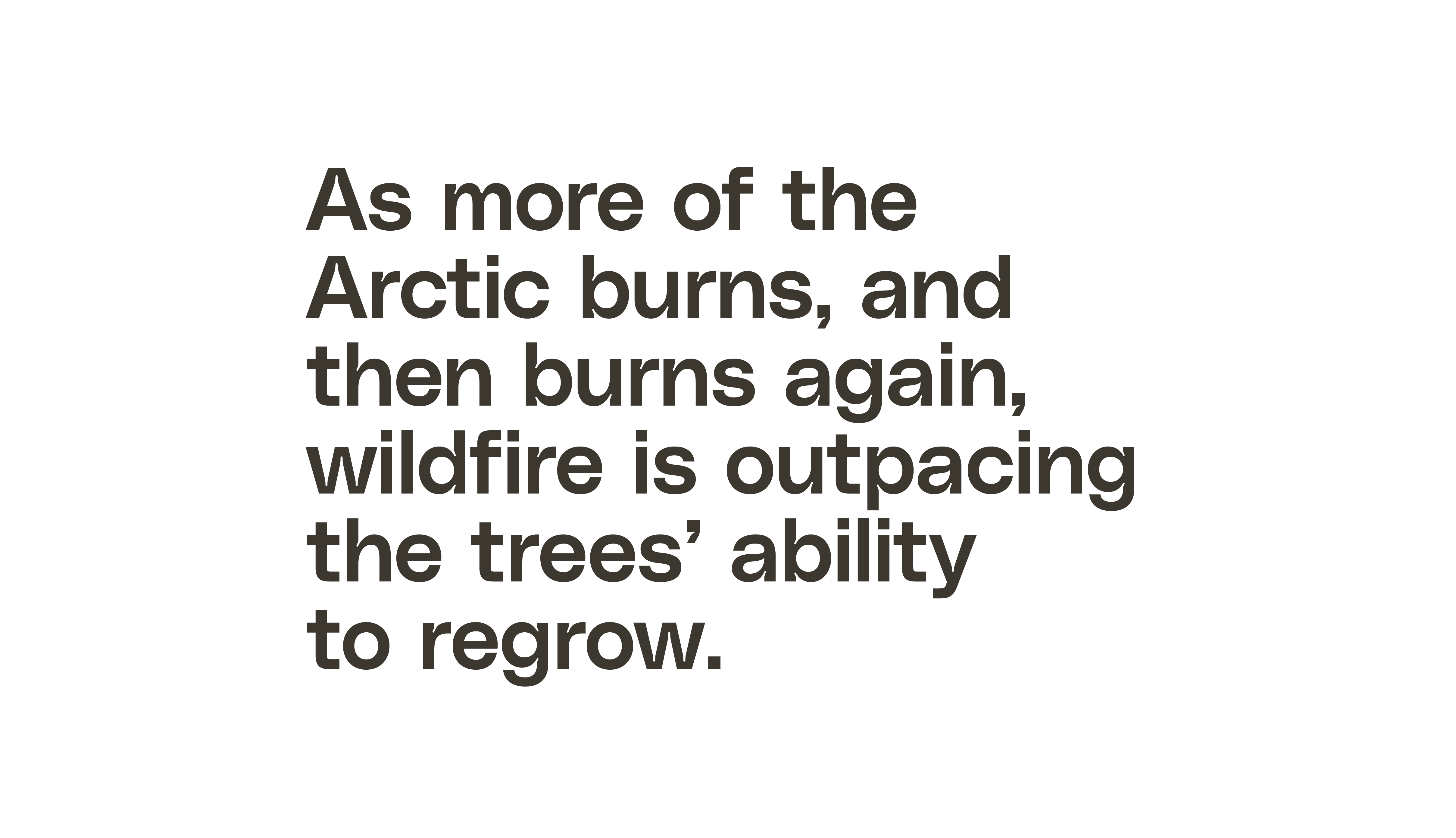
But as more of the Arctic burns, and then burns again, wildfire is outpacing the trees’ ability to regrow. In the early 2000s, after what was then a record-breaking fire year, Johnstone established a network of research sites across the boreal. She found that fires were returning too quickly, while trees were too young to have produced cones. They were also burning hotter, scorching deep into the soil, depleting critical nutrients and searing into something like concrete. “Tree colonization is the key to maintaining the boreal forest,” she says, “and it’s really sensitive to disturbances, especially fire.” As a result, in many places, black spruce is failing, being replaced by aspen and birch. Meanwhile, these deciduous trees are themselves being attacked, plagued by a novel canker disease and an invasive insect called the leaf miner.
Over the next decades, parts of the boreal may transform away from forest altogether. In some places on the Kenai Peninsula, the woods are already morphing into grassland. In the 1990s, a devastating spruce beetle outbreak and wildfire felled almost a million acres of spruce. A grass called bluejoint colonized the burn, choking out the baby trees that managed to take root. This new savannah now provides springtime fuel for earlier fires, killing vulnerable saplings, and pushing the area even farther from forest.
“I’ve been trying to understand which parts of the landscape can act as refugia in the face of these changes,” Johnstone says, as her feelings about her research have shifted from fascination to “a certain amount of genuine fear.” Widespread disruptions are now inevitable — meaning the people whose jobs are to maintain these ecosystems are facing the difficult choice of how much to intervene.
After decades planting experimental plots, Johnstone has found that southern trees like lodgepole pine can thrive when planted in Interior Alaska, even though their range hasn’t yet naturally expanded that far north. “We have what we might call empty niches, or species that could be growing in northern environments that aren’t there now,” she says. “Most species do not fully occupy their climate envelope, particularly in the north.” In southeast Alaska, for example, warmer winters are killing yellow cedar trees, whose shallow roots require snowpack to insulate them; one study found more than 70 percent have already died. But snowfall on the Kenai, just north of the cedar’s natural range, is still more reliable. Should we plant the cedar in places it has never grown, to help it avoid extinction?
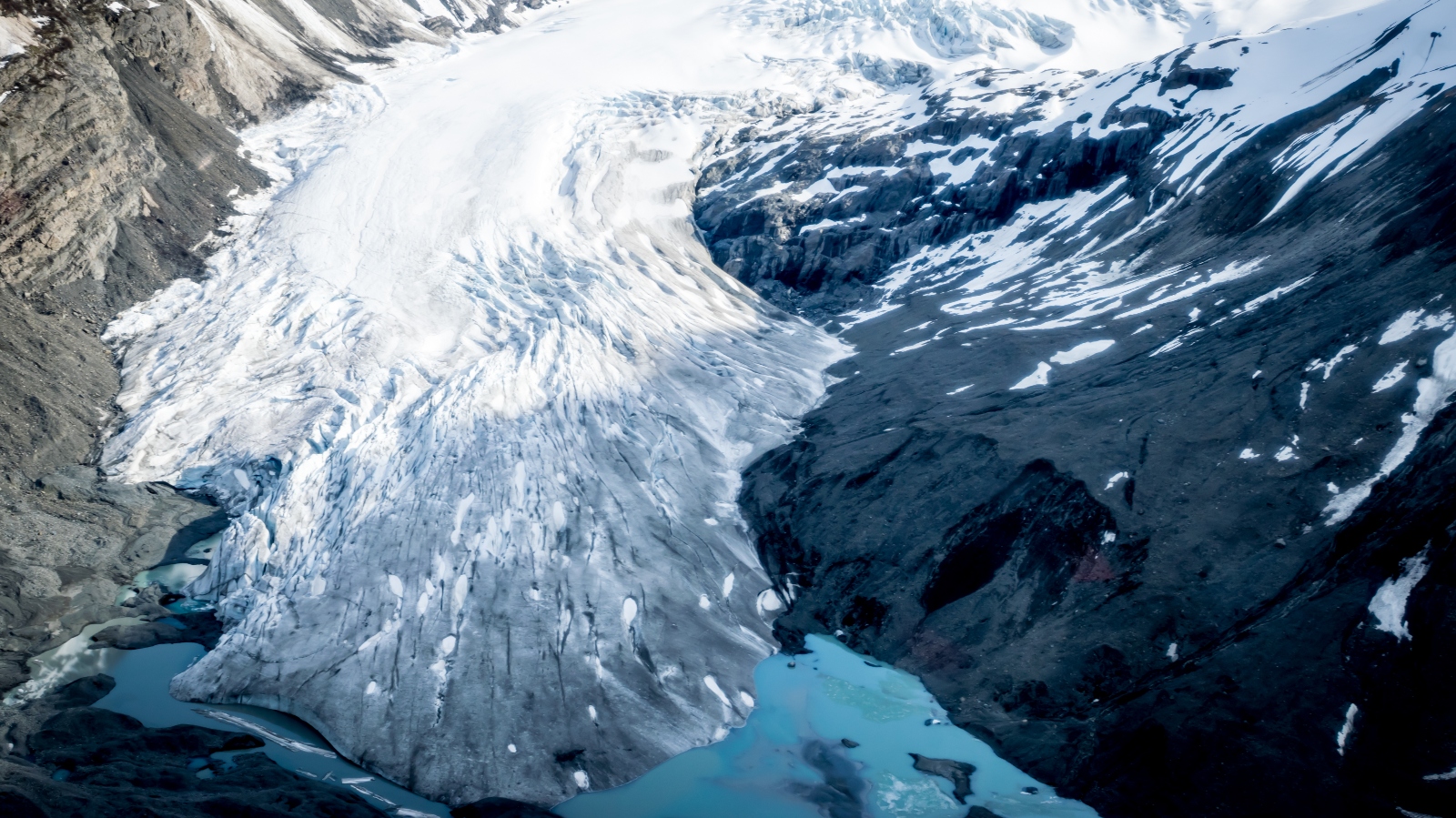
A&J Fotos / Getty Images
Scientists are now experimenting with just this kind of assisted migration around the country, from selecting key genotypes most likely to handle changing conditions, to helping entire species move great distances. From California to the Yukon, field trials have planted interlopers to see how they’ll fare; within the lifespan of these saplings, the climate around them could warm by 4 degrees Celsius (7.2 degrees Fahrenheit).
This level of tinkering can conjure a long history of the unintended consequences that can follow human meddling. Take rats, which were accidentally introduced to Hawai‘i in the 1700s, where their voracious appetite for palm seeds destroyed vast swathes of lowland forest, and their population boom carried the deadly bubonic plague. Importing mongoose to try to control the rodents only led to the extinction of many native species, like ground-nesting birds.
But today, even government agencies are increasingly calling for direct interventions. A provision of the Endangered Species Act allows for reintroductions, and under its auspices, the U.S. Fish and Wildlife Service has attempted to revive 47 different species in locations where their populations had previously disappeared. But it’s not always clear exactly where an animal may have once ranged. Seasonal shifts, development of once-undisturbed habitat, and changing conditions all influence the ebb and flow of ecosystems.
Advocates of assisted migration say deciding to intentionally direct some of these changes is merely to acknowledge the profound impact we’ve had on the landscapes around us. “We’ve tended to separate humans from nature,” says Magness, but she notes that home gardeners regularly introduce new species. In a 2021 report, the National Park Service suggested federal agencies start using the Resist-Accept-Direct framework to make more realistic conservation goals — accepting, for instance, that spruce may not return after fire in the boreal. Directing change might mean introducing bison to the Kenai Refuge — where they haven’t roamed for 20,000 years — to help control the bluejoint, making the new grassland healthier. And in August 2023, the Fish and Wildlife Service passed a revision to the Endangered Species Act that officially green-lit introducing vulnerable species to new habitats nationwide.
Putting a thumb on the evolutionary scale is not without risks. “Humans have real potential to modify the diversity of these systems,” Johnstone says. “We need to make good choices about how much we want to do that.”
When some of the people responsible for the decisions about Alaska’s shifting habitats logged on to a video call on a gloomy late-winter morning, the internet connection was slow, stalled by the relentlessly falling snow. There was talk of climate volatility and range contractions, of conservation connectivity and gene flows — all code for the swelling birch buds and the rivers that would soon rise and fall, bearing the promise that, at least this year, clouds of spruce pollen will still billow across the midnight sun.
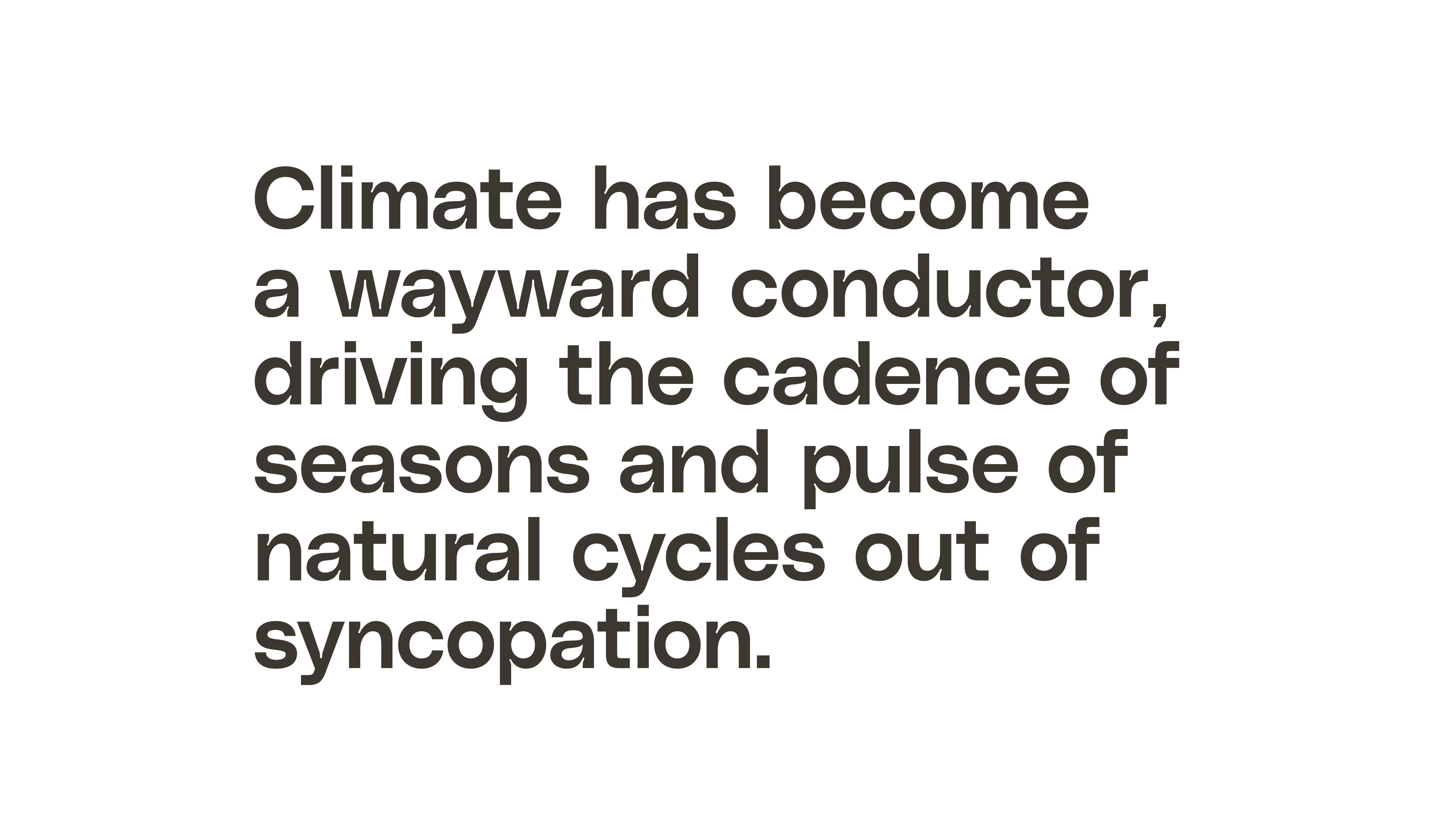
But the boreal’s changes will soon cascade, affecting everything that lives in it. Tree line has already shifted upward in Denali National Park, altering where birds can live. As animal behavior and abundance morphs, so do plants’ natural ability to move across the landscape, says Evan Fricke, an ecologist at the Massachusetts Institute of Technology. An adult grizzly bear can eat 200,000 berries a day, spreading seeds across its several-hundred-mile range. But Fricke and his collaborators found that wildlife declines have already reduced the ability of plants to adapt to climate change by an average of 60 percent globally, with especially strong declines in northern temperate regions. “For long-lived trees,” Fricke says, “often there’s simply an assumption there’s enough seeds to grow wherever they need to grow.” But with increased fires and the loss of large animals that disperse seeds over distances, “that’s a pretty tall order.”
The disturbing reality, Fricke says, is that “many of our ecosystems have already lost a lot of their seed dispersers.” Some, like the thunders of bison on the Great Plains, have been gone for centuries — as have the lost crops that they used to help seed, which may have once fed as many Indigenous people as maize. Without companion animals to carry them, plants will have a harder time moving toward more suitable conditions as temperatures rise.
Conservation, Fricke says, needs to consider not just the individual species that make an ecosystem, but also their relationships. Yet climate change is swiftly decoupling these intricate connections. On average, spring now arrives in the boreal two weeks before it used to.
One consequence is that robins, which often migrate shorter distances, are arriving 12 days earlier than they did in 1994, changing their behavior so their nestlings can grow when food is most abundant. But long-distance migrants, such as arctic terns, likely rely on fixed cues like day length in order to time their epic flights around the world, and they are falling behind the new arrival of spring. In essence, the climate has become a wayward conductor, driving the cadence of seasons and pulse of natural cycles out of syncopation. A 2024 study found that as spring shifts, three-quarters of the Western Hemisphere’s species are now failing to migrate in time.
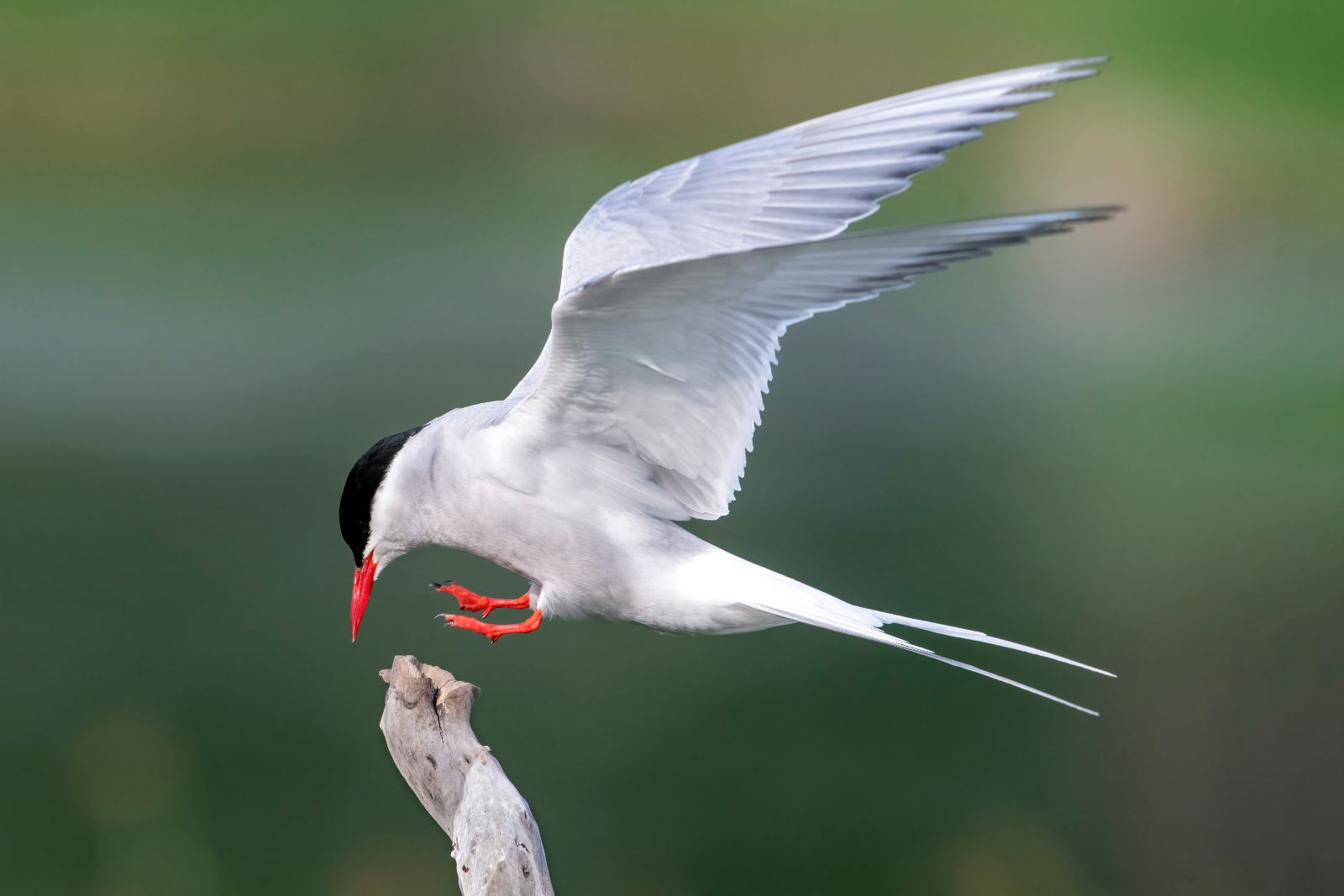
In the race to catch up, some birds are adapting by shortening their rests in stopovers like Matz’s Homer, risking arriving at their nesting grounds too exhausted to breed. Hudsonian godwits, for example, wing from Patagonia to Hudson’s Bay, where, recently, chick survival has been as low as 6 percent. Other shorebirds have shown similar declines. If the insects or blooms no longer swell at reliable times, even the birds that manage to breed do so out of step with food sources, meaning their chicks may starve. A diminishing number of birds in turn spurs radical changes around the globe, since the birds of the boreal play a vital role in dispersing seeds, pollinating, and controlling pests.
Dwindling bird populations can seem like an abstract concern, just another of the faraway disasters that have become so familiar these days, scrolling past a hypnotic blur of online tragedy. And yet, as recently as last summer, people who’d never even heard of the boreal could feel it burning. In 2023, an unusually dry and warm spring melted the boreal’s snow quickly — more than doubling the likelihood of extreme fire weather. As flames licked through Canada’s forests, millions of trees transformed into their composite organic and mineral parts, the weathered trunks transmuting to tiny particles that wafted through the atmosphere. For days, an orange sun crept behind the glass walls of eastern skylines; skies were so dark streetlights flipped on automatically.
The summer of 2023 became Canada’s worst-ever wildfire season, engulfing 34 million acres, about the area of Florida. As people fled their homes and toxic air choked cities across North America, migrating birds arrived from their long journeys to towering columns of smoke. Warblers and sparrows would have pulled the particles into their tiny bodies with every breath. Avian lungs take in air even during their exhalations, which makes birds more susceptible to air pollution, the origin of the idiom “canary in the coal mine.”
The wildfires’ billowing plumes also released greenhouse gases — and a lot of them. The boreal surrendered an estimated 2 billion tons of carbon that summer, about three times as much as all the rest of Canada’s cars and power plants and planes and farms put together. The boreal has long been considered a carbon sink. In fact, burning all of the world’s oil reserves would still release less carbon than is currently stored beneath its roots. Yet in the span of my lifetime, some scientists believe the forest has become a massive global carbon source.
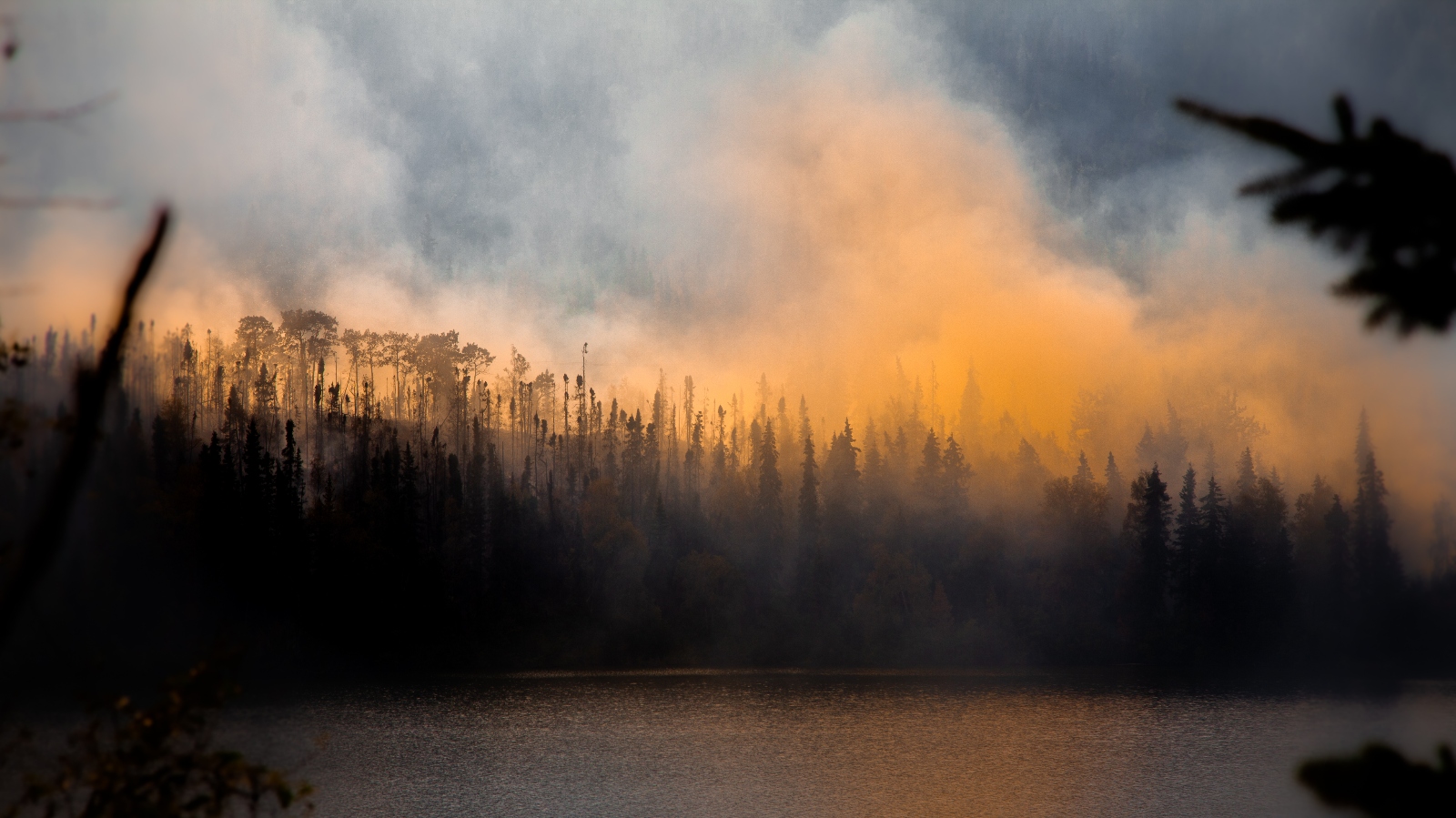
Before the skies cleared, it became the world’s warmest June on record. Then it got hotter. “It’s unlikely there’s been a hotter July since humans have been humans,” says Allegra LeGrande, a physical-research scientist at Columbia University. By the time her children are in their 40s, this summer will look vanishingly cool. On the Kenai, wild blueberry flowers rotted on their stems, bearing no fruit.
Understanding what drives animals’ flexibility is now essential, says Benjamin Van Doren, a professor at the University of Illinois Urbana-Champaign. Change can breed fragility, but incredible resilience too. He points to a recent study that looked back at former glacial periods, when ice covered much of what is now boreal forest, to see how migratory birds tracked past climatic shifts. It found that the red-backed shrike likely was able to adapt its migration over the last 10,000 years, breeding within Africa when the Earth was colder, and expanding northward as the Ice Age ended. While he cautioned that it was still just a theory, Van Doren says, “It’s heartening to know that birds are flexible enough to make these kinds of dramatic changes.”
That can teach us a lot about how birds may respond to future crises. A songbird called the Eurasian blackcap, for instance, has surprised scientists by beginning to winter over in the United Kingdom, some even migrating north from the European continent. Van Doren says that this is due, in part, to milder winters, but also because of the proliferation of backyard bird feeders. “In much less than a human lifetime, you’ve seen a dramatic change in the behavior of this migratory bird,” he says. Examples like this give him hope that conserving critical habitat may help birds navigate the climate crisis. “Nature, when we give it a chance, will rise to the challenge,” he adds. “We have to work to give it that chance.”
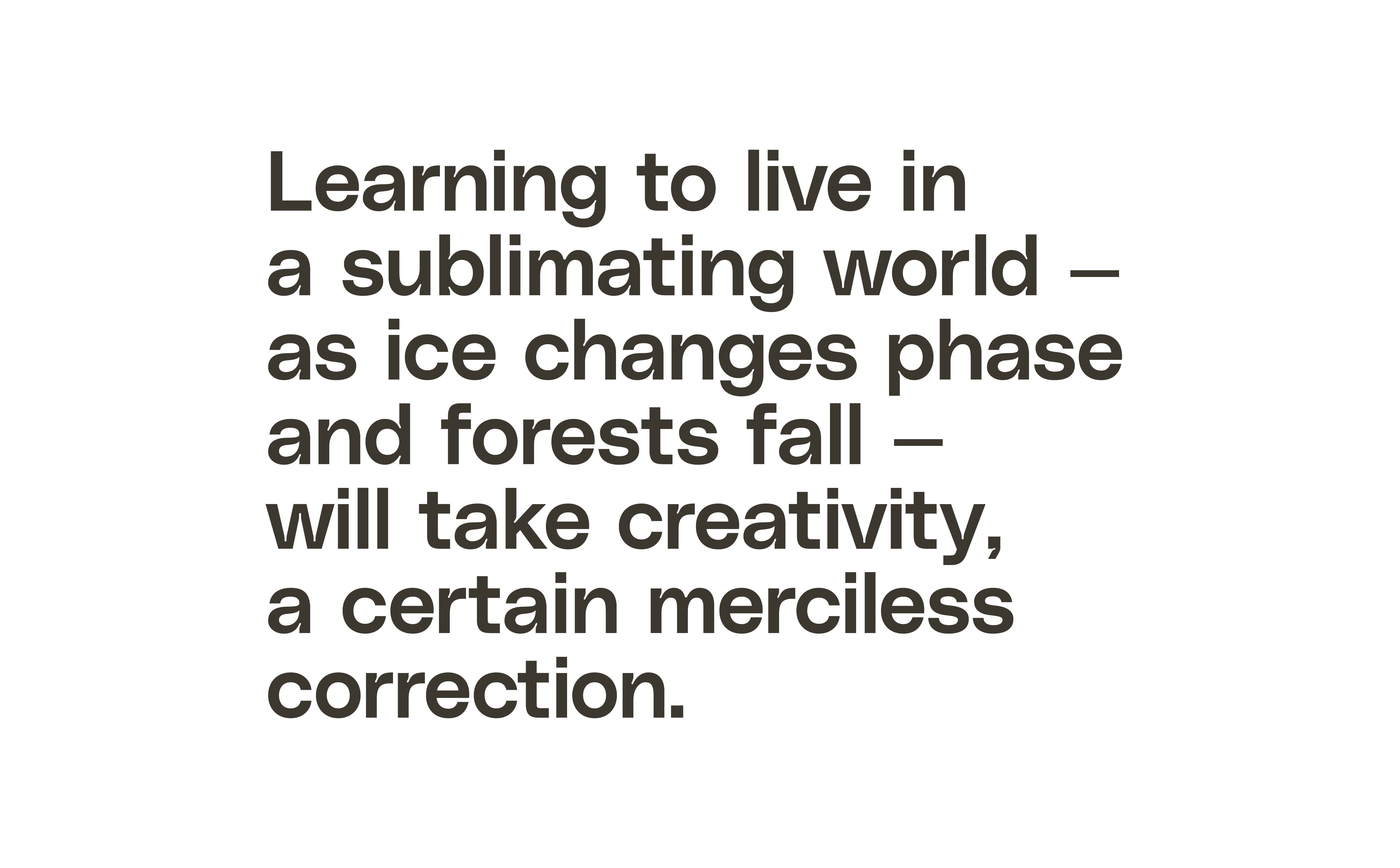
To do so, says Meda DeWitt, a senior specialist at the Wilderness Society, “we have to look at ourselves as a species that also has to adapt.” Indigenous people, she says, have thousands of years of experience with assisted migrations and land stewardship to draw on. The Déné people of Alaska tell an ancient story about how Raven’s wife, the Fog Woman, attempted to teach him to save salmon, a cautionary tale that led to the development of fish incubation systems. “When the tribes moved into a new space, they would seed streams with salmon eggs,” DeWitt says.
Learning to live in a sublimating world — as ice changes phase and forests fall — will take creativity, a certain merciless correction. In a statewide threat assessment released in 2019, the U.S. Army Corps of Engineers found that 86 percent of Alaska Native communities are under threat by erosion, flooding, and permafrost thaw. “If that’s the case, we have to think about what the world’s going to look like,” DeWitt says. “Our traditional stories tell us it’s going to be a water world.”
She grew up listening to elders tell these kinds of stories, one building on another, learning that humans are part of nature, bound to the land as love is to loss. As the Kenai turns to grassland, she suggests talking to the elders in the prairie regions to learn things like which plants are best for controlling erosion. “Indigenous people have deep ecological knowledge,” she says, “and can advise which plants are cornerstone species.” Successful restoration has already come from this kind of consultation: The Fog Woman’s knowledge is being used to help restore Moose Creek, outside of Anchorage, replenishing its Chinook salmon population.
Stories, DeWitt says, are not static. Passed down, they shift through time and circumstance, just as their tellers will spend their own lifetimes changing — a fragile, precious flash. Adaptation may simply be a way to see those changes reflected in the world, a landscape and its relationships seen anew.
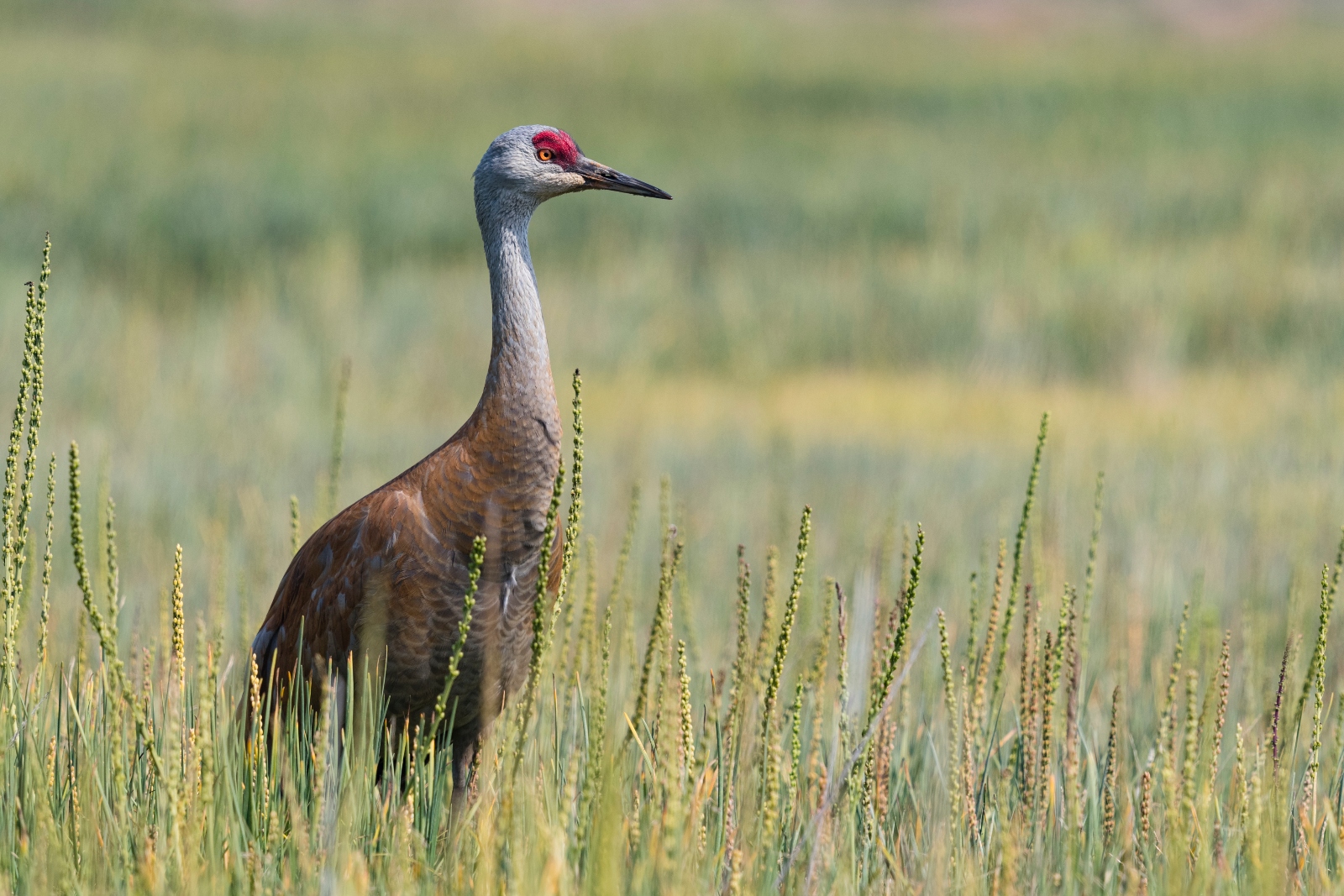
pchoui / Getty Images
Johnstone says she sees the boreal’s recent transformations “like a big ship changing its course: very gradual — almost imperceptible at first — but with inevitable consequences as time goes by.” There is very little that can truly devastate an ecosystem; there’s almost always some form of recovery. “But it may be slow or in a direction we don’t like,” she says. “So much of the fear or perception of loss relates to our own expectations.”
On the beach on a winter morning, a fog creeps over the gnarled spruce along Homer’s shores. The first flush of birch buds have finally begun to unfurl. A pair of sandhill cranes swirl overhead, announcing their arrival with a clangorous joy. In 1937, the iconic environmentalist Aldo Leopold doubted the prehistoric birds would survive, writing of the day when “the last crane will trumpet his farewell and spiral skyward.” He was wrong. Their recovery, and the protection of the long string of lands and waters the sharp-eyed birds depend on, have become one of the last century’s great conservation success stories.
Eventually, the unlikely pair alight on the sand. They stalk the shore, silhouettes of choices past. The reddening salmon have begun to run. The boreal will never again be the same.
“That the situation appears hopeless,” wrote Leopold, “should not prevent us from doing our best.” There is something beyond the world as we know it, already growing.
This story was originally published by Grist with the headline As the climate changes, many species are teetering on extinction. How much should we intervene? on Jun 6, 2024.


